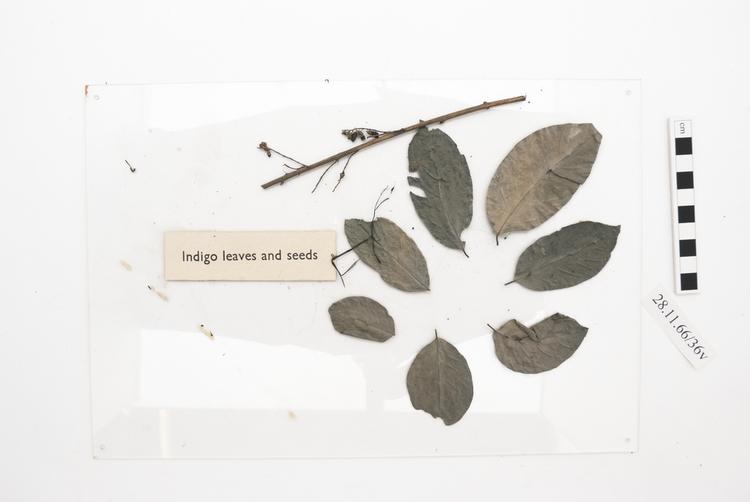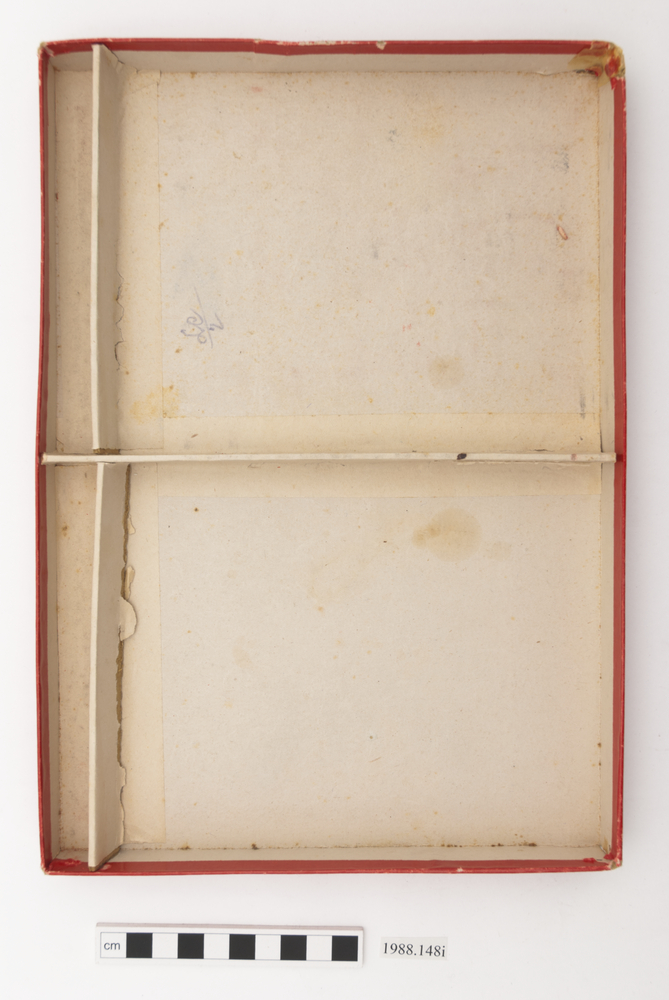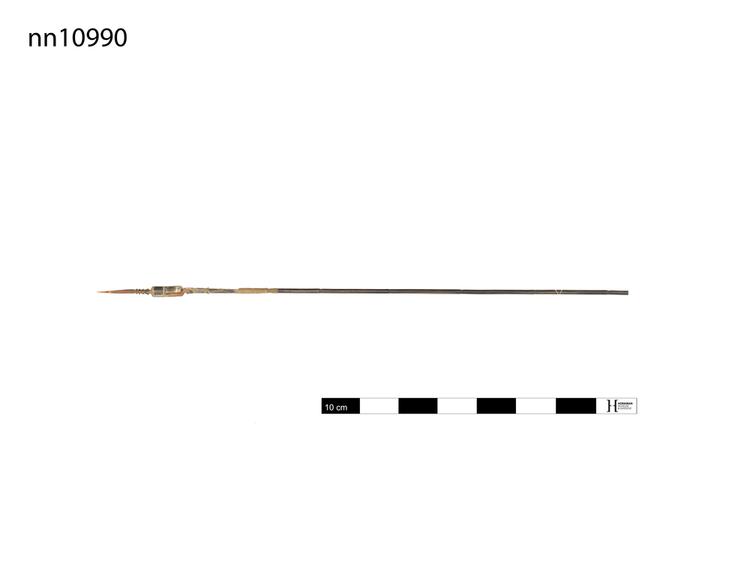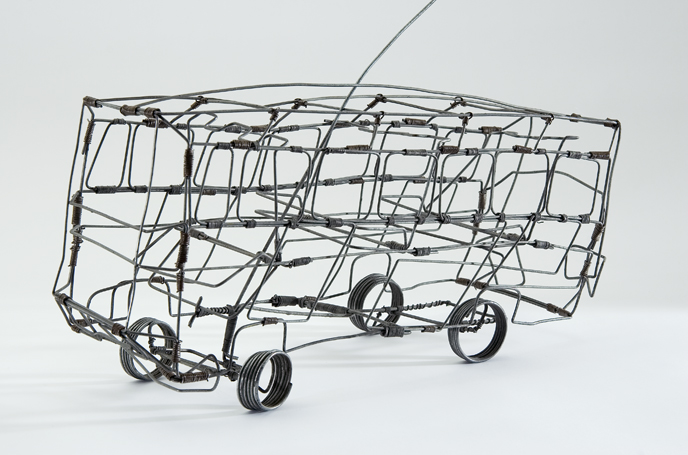
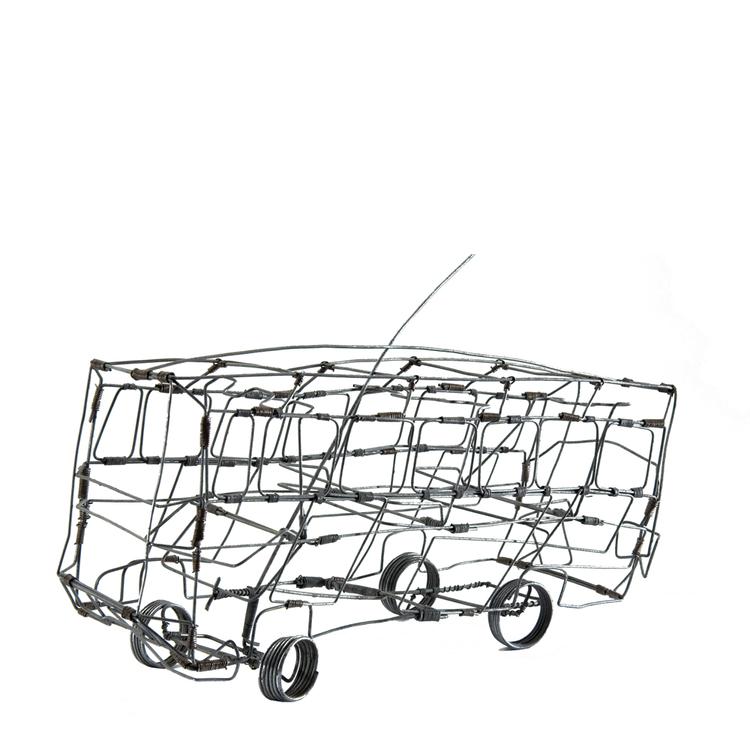
Push along wire bus toy.
Although found in most sub Saharan African countries these toys are most easily available in southern Africa and are said to have originated amongst the poor youth of South Africa. Traditionally made by boys between the ages of eight to eighteen years as toys for their own use, adults saw the potential for selling them to tourists and there is now a thriving commercial market for wire toys. This has provided a reliable source of income for many poor communities. Although some toys are sold directly to visiting tourists, others are exported either for sale or for exhibition as works of art in galleries and museums. Despite the commercial production of wire toys, young boys continue to make them for their own use and it is still common to see children playing with homemade toys throughout Africa. Although this bus is a simple undecorated example, many wire toys have accessories made from scrap materials. Empty boot shoe polish or coffee tins, aluminium soft drinks cans, bottle tops, coloured plastic electrical wire, pieces of wood etc are all commonly used. Many toys also have more moving parts than this bus. The design of the toys often reflects the environment of the maker, with boys in urban areas creating comfortable cars and buses and boys in rural areas making trucks and farm vehicles. The design and technology skills shown by boys with little or no formal education are extremely high and one of the objectives of exhibiting these toys in more materially wealthy countries is to inspire young people to develop such skills.
Made as a children's push-along toy for play. In poor areas of Africa, many children have no access to manufactured toys and therefore make their own from scrap materials. While wire toys were originally made by children for themselves, it is now a profitable adult craft. Selling these toys to tourists has become a reliable source of income for communities in Africa. While this bus is simple and undecorated, many wire toys have accessories made from other scrap materials including tins, drink cans, bottle tops, and coloured plastic electrical wire.




